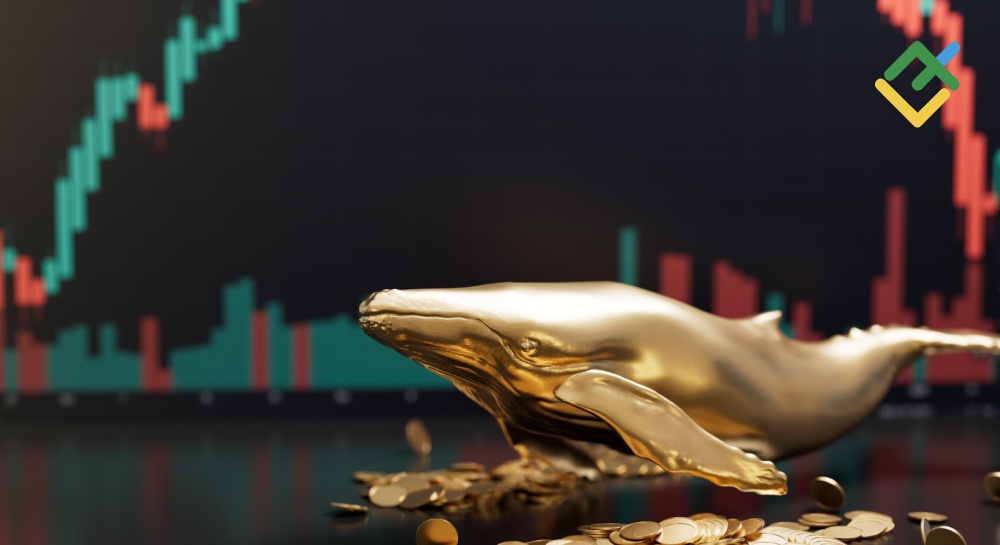Forex trading is a journey filled with highs and lows. Most traders, especially beginners, face setbacks early on. Losing an entire trading account or watching your capital vanish can be devastating. However, if you learn to handle setbacks, you can recover and thrive.
In this article, we’ll explore proven steps for overcoming obstacles in Forex trading and how you can return stronger after a setback. Whether you’re dealing with a blown account or just want to avoid future losses, this guide will help you rebuild your trading career. Let’s dive into the essential steps for successful trading account recovery.
Step 1: Accept Your Defeats in Forex Trading
The first and most crucial step in overcoming setbacks in Forex trading is acceptance. It’s easy to get discouraged after a major loss. Many traders struggle with self-doubt after their first blowout. However, if you want to recover, you must accept the defeat instead of dwelling on it. Forex trading is inherently risky, and losses are part of the game.
Consider a professional athlete. They don’t let a loss define their career. Instead, they learn from it and move forward. The same mindset is essential in Forex trading. You must accept that setbacks happen, but they don’t define you. A trader who learns from their losses is one who will thrive in the long run.
In fact, some of the most successful Forex traders have faced multiple setbacks before achieving consistent profitability. Remember, every trader has been humbled by the market at some point. Don’t let your defeat deter you from your long-term goals.
Step 2: Analyze What Went Wrong
Once you accept your loss, the next step is to analyze what went wrong. This is where the real learning begins. To recover in Forex trading, you must identify the mistakes you made. Without this, you risk repeating the same errors.
Start by reviewing your trading account recovery process. Look at your trade log, if you have one. What did your entries and exits look like? Did you follow your trading strategy? Was your risk management in forex adequate? Many traders blow out their accounts because they over-leverage or take excessive risks. If this was the case, you need to reassess your approach to risk management in forex.
For example, imagine you lost $500 on a trade. After analyzing your trade log, you realize that you risked 10% of your capital on one trade, which is far too much. This is a classic mistake. Proper risk management in forex means only risking a small percentage of your capital on each trade, typically 1-2%. Identifying these errors helps you adjust your strategy for better future outcomes.
Once you pinpoint the mistakes, make the necessary adjustments to your trading plan. Whether it’s better risk management, refining your entry strategies, or choosing more reliable currency pairs, this step is critical.
Step 3: Go Back to the Basics with a Demo Trading Account
After a loss, jumping straight back into live trading may feel tempting, but it’s often not the best course of action. Instead, consider returning to a demo trading account. A demo account allows you to practice without risking real money. You can test your new trading strategy and make mistakes without the emotional stress of real capital at risk.
Let’s consider an example: After a loss, you’re feeling hesitant about making another trade. Instead of going straight to your live account, you decide to use a demo trading account. This time, you follow a conservative trading strategy.
You focus on making small, calculated trades, implementing proper risk management in forex, and sticking strictly to your rules. Over time, you start regaining your confidence. The demo account lets you fine-tune your approach without the pressure of losing actual money.
Don’t view a demo trading account as a step backward. It’s a crucial tool that helps you rebuild your trading confidence and work on your weaknesses. The more time you spend on a demo account, the more you’ll understand your own trading psychology and tendencies.
The Power of Backtesting Your Trading Strategy
While using a demo trading account, consider backtesting your trading strategy. Backtesting allows you to simulate trades based on historical data. This exercise can reveal flaws in your strategy and areas for improvement. By incorporating backtesting, you’ll increase your chances of success in live trading.
Backtesting on a demo trading account is a safe way to see how your trading strategy would have performed in different market conditions. For example, if your strategy worked well during trending markets but failed during consolidations, you can tweak it accordingly.
Backtesting is an essential part of strategy development and recovery. It ensures you’re prepared for various market conditions before risking real money.
Step 4: Create a New Account with a Small Capital
Once you’ve practiced on your demo account and refined your strategy, it’s time to open a new live trading account. However, don’t go all-in just yet. Start with a small amount of capital that you’re willing to lose. The goal here is not to make a fortune immediately but to rebuild your confidence in a low-risk environment.
For example, let’s say you previously lost $1,000. Now, open a new account with just $200. This way, you’ll feel less pressure, and your risk management will be more controlled. Stick to your trading strategy and follow the rules you’ve set for yourself. The key is to avoid over-leveraging and making the same mistakes you did in the past.
Remember, trading is a marathon, not a sprint. Recovering from a setback doesn’t mean trying to make all your losses back at once. Focus on consistent, small gains over time. As you rebuild your account and gain confidence, you can increase your position size gradually.
Step 5: Implement Effective Risk Management in Forex
One of the most crucial aspects of long-term success in Forex trading is risk management. After experiencing a setback, you should be extra diligent about how much you risk on each trade. Without proper risk management, even the best trading strategy will fail.
A simple rule of thumb is to never risk more than 1-2% of your trading capital on a single trade. For example, if you have a $500 account, the maximum risk per trade should be $5-10. This way, you protect your capital and have room to make mistakes without blowing out your account.
Consider this: In a winning streak, you may feel tempted to increase your position size. Resist this urge. Consistent risk management ensures that even if you face a series of losses, you’ll still have enough capital to recover.
Additionally, always use stop-loss orders. This automated tool helps limit your losses if the market moves against you. Combining stop-loss orders with sound risk management in forex will prevent large losses from derailing your trading progress.
Step 6: Stick to Your Trading Strategy
After experiencing a setback, it’s important to stick to your trading strategy. While it may seem tempting to change your approach or try something new after a loss, consistency is the key to success in Forex trading. If your strategy has been backtested and refined through demo trading, trust it.
A successful trader sticks to their plan, no matter how many losses they incur. For instance, if your strategy involves trading only during specific hours when market conditions are favorable, continue with this approach. Do not be swayed by emotional impulses or the temptation to chase after losses.
In Forex trading, sticking to your strategy is about discipline. If your strategy says to avoid trading on certain days or during high volatility, follow it. Over time, sticking to a consistent trading strategy will lead to more disciplined and profitable trading.
Step 7: Build Mental Resilience and Keep Learning in Forex trading
Finally, to overcome setbacks in Forex trading, you must develop mental resilience. The market can be unpredictable, and you’ll face losses. How you handle these challenges determines whether you’ll thrive or quit.
Keep learning. The best traders are those who continue to educate themselves, whether through books, courses, or analyzing their past trades. Continuously learning will help you adapt to changing market conditions and improve your trading strategies over time.
For example, take the time to study different trading techniques, from scalping to swing trading, and evaluate which ones work best for you. By doing so, you’ll gain a better understanding of your strengths and weaknesses as a trader.
Additionally, remember that emotional control is key. Stay calm, patient, and consistent. As you gain more experience and follow these proven steps, you’ll become a more confident and successful trader.
Conclusion: Embrace Setbacks and Keep Moving Forward in Forex trading
Setbacks in Forex trading are inevitable, but they don’t have to define your future success. By accepting your losses, analyzing what went wrong, practicing with a demo trading account, and sticking to your trading strategy, you can recover and thrive in the world of Forex trading.
Remember, Forex trading is not about avoiding losses but learning how to recover from them. With the right mindset, proper risk management in forex, and continuous improvement, you’ll be well on your way to achieving long-term success. Stay disciplined, learn from your mistakes, and keep pushing forward. Your next big breakthrough in Forex trading might just be around the corner.
Click here to read our latest article Ride the Waves of Volatility with Expert News Trading Tips
This post is originally published on EDGE-FOREX.


